Ryder, C  ORCID: 0000-0003-0907-835X and Hitchen, Z
(2015)
“In Conversation” (Illustrations by Carol Ryder 2015, animation by Zoë Hitchen 2015).
UNSPECIFIED.
ORCID: 0000-0003-0907-835X and Hitchen, Z
(2015)
“In Conversation” (Illustrations by Carol Ryder 2015, animation by Zoë Hitchen 2015).
UNSPECIFIED.
![Screen Shot 3.jpg [thumbnail of Screen Shot 3.jpg]](https://researchonline.ljmu.ac.uk/21652/1.hassmallThumbnailVersion/Screen%20Shot%203.jpg) 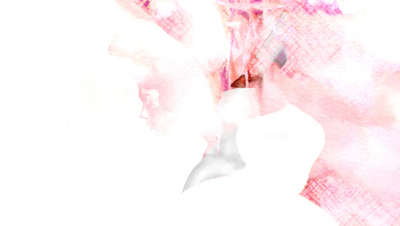 Preview |
Image
Screen Shot 3.jpg - Published Version Download (256kB) | Preview |
![Screen Shot 2015-10-21 at 12.45.30 copy.jpg [thumbnail of Screen Shot 2015-10-21 at 12.45.30 copy.jpg]](https://researchonline.ljmu.ac.uk/21652/2.hassmallThumbnailVersion/Screen%20Shot%202015-10-21%20at%2012.45.30%20copy.jpg) 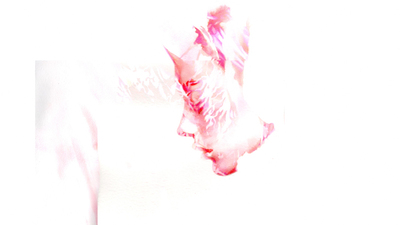 Preview |
Image
Screen Shot 2015-10-21 at 12.45.30 copy.jpg - Published Version Download (219kB) | Preview |
![Screen Shot 2015-10-21 at 14.19.jpg [thumbnail of Screen Shot 2015-10-21 at 14.19.jpg]](https://researchonline.ljmu.ac.uk/21652/3.hassmallThumbnailVersion/Screen%20Shot%202015-10-21%20at%2014.19.jpg) 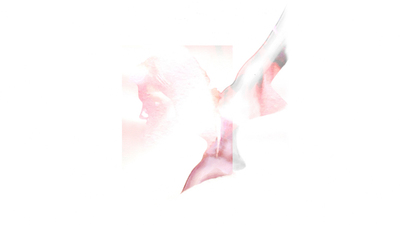 Preview |
Image
Screen Shot 2015-10-21 at 14.19.jpg - Published Version Download (166kB) | Preview |
![Screen Shot 2015-10-21 at 14.22.jpg [thumbnail of Screen Shot 2015-10-21 at 14.22.jpg]](https://researchonline.ljmu.ac.uk/21652/4.hassmallThumbnailVersion/Screen%20Shot%202015-10-21%20at%2014.22.jpg) 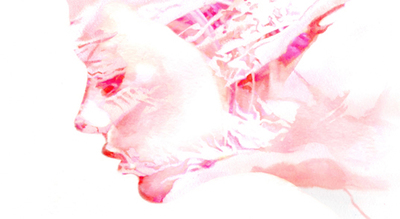 Preview |
Image
Screen Shot 2015-10-21 at 14.22.jpg - Published Version Download (98kB) | Preview |
![Screen Shot 2015-10-24 at 18.47.jpg [thumbnail of Screen Shot 2015-10-24 at 18.47.jpg]](https://researchonline.ljmu.ac.uk/21652/5.hassmallThumbnailVersion/Screen%20Shot%202015-10-24%20at%2018.47.jpg) 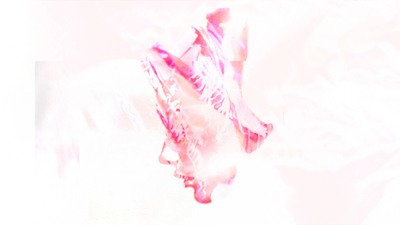 Preview |
Image
Screen Shot 2015-10-24 at 18.47.jpg - Published Version Download (789kB) | Preview |
![Screen Shot 2015-10-24 at 18.46.jpg [thumbnail of Screen Shot 2015-10-24 at 18.46.jpg]](https://researchonline.ljmu.ac.uk/21652/6.hassmallThumbnailVersion/Screen%20Shot%202015-10-24%20at%2018.46.jpg) 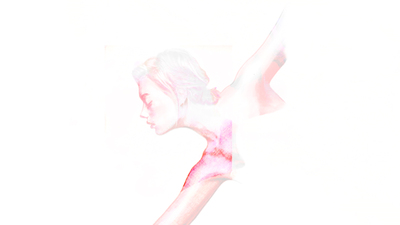 Preview |
Image
Screen Shot 2015-10-24 at 18.46.jpg - Published Version Download (500kB) | Preview |
|
Video
FILM 3 - ZOE.mp4 - Published Version Download (18MB) |
|
|
Video
FILM 4 - ZOE SPEAKING (2).mp4 - Published Version Download (56MB) |
Abstract
The dominant ‘fashionable body’ of the 21st century can be clearly identified as tall, thin, young, white and able-bodied. This ongoing practice-based research explores whether the promotion of more diverse representations of the ‘fashionable body’ is possible via fashion illustration.
At the end of October, Carol Ryder - Senior Lecturer in Fashion at LJMU - visited Berkeley, California to attend the International Conference on the Image http://ontheimage.com/2015-conference and present her research into ‘the fashionable body’ including two fashion films, produced from Carol’s own fashion illustrations, which raise questions about ‘fashionable’ body image and aim to promote greater diversity in fashion.
Carol’s research into the variable ‘fashionable body’ is concerned with investigating the social impact of a single, narrowly-defined and extreme fashionable bodily ideal (tall, thin, young, white, able-bodied) and proposes that a more diverse spectrum of fashionable bodies is both possible and necessary. In her practice-led research, Carol utilises her own original fashion illustration work to explore the possibility for illustrations to depict bodies that do not adhere to the current definition of the ‘fashionable body’ and yet can still be identified as ‘fashion illustrations’, thereby questioning what we understand by the term ‘fashionable’, and to what extent ‘fashionability’ is determined by the characteristics of the human bodies depicted in fashion imagery.
As part of her Conference presentation, Carol showed two animated films that were produced this year from her own fashion illustrations.
The first, “Animating Fashion Illustration: Diversity in Fashion Film” (illustrations and animation by Carol Ryder, 2015) was the result of a watercolour fashion illustration, depicting a disabled dancer, that was produced in 129 separate stages. The gradually-evolving stages of the illustration were systematically scanned into a computer and saved as sequenced frames which were used to create a short fashion film (4 minutes, 6 seconds) aiming to challenge the notion that, in order for an image (still or moving) to be considered ‘fashionable’, the body depicted should be tall, thin, young, white and able-bodied.
“I felt that the increased dynamism produced by animated movement was especially helpful in the promotion of body-positivity in a disabled subject, and the use of technology implicit in the production of a film provides a greater sense of modernity – therefore ‘fashionability’ - than that provided by a static illustration. The gradual emergence of the subject in the film attracts the viewer’s interest: it is not clear at the outset what the final image will be so attention is held for longer and directed towards the film’s ‘payoff’ at the end. The addition of music offers another means to engage the viewer, exciting the senses in a way that a static illustration cannot.” Carol Ryder.
The original illustration was inspired by the singer Viktoria Modesta who fought to have her painful and useless left leg removed so she could fulfil her dreams of a career in the music industry. Modesta designs and wears futuristic prosthetics which challenge body image in pop music, and is determined that promotional images of her should not provoke sympathy.
Having created her own animation Ryder subsequently passed the original watercolour illustrations to film-maker Zoë Hitchen (MMU) to create a second fashion film “In Conversation” (Illustrations by Carol Ryder 2015, animation by Zoë Hitchen 2015) that moved beyond simple time-lapse animation:
“… When I started a conversation with Carol, we were concerned about whether fashion illustration that does not feature the currently-defined fashionable body would be readily recognised and validated as ‘fashionable’. We decided to explore if fashion illustration could take a new form in the computer age, and promote positive ideas about body image. Our aim is to find out how people interpret this new fashion image, now it has taken a non-literal narrative in fashion film. As this is digital technology, it tactically emphasises the new, the ground-breaking, and arguably ‘more fashionable’. In an approach that combines social semiotics and cognitive semantics, we wanted to challenge preconceived ideas, and to question the fashionable body… fashion projects a narrow vision, exclusionary mindset, and an ideal of beauty that is oppressive for us all.” Zoë Hitchen
| Item Type: | Other |
|---|---|
| Uncontrolled Keywords: | fashion film; fashion diversity; fashion illustration; animated fashion film; animated fashion illustration; diversity |
| Subjects: | N Fine Arts > NC Drawing Design Illustration G Geography. Anthropology. Recreation > GT Manners and customs > GT500 Costume. Dress. Fashion |
| Divisions: | Art and Creative Industries |
| Related URLs: | |
| Date of acceptance: | 27 October 2015 |
| Date of first compliant Open Access: | 2 October 2023 |
| Date Deposited: | 02 Oct 2023 12:30 |
| Last Modified: | 03 Jul 2025 12:35 |
| URI: | https://researchonline.ljmu.ac.uk/id/eprint/21652 |
 |
View Item |

 Export Citation
Export Citation Export Citation
Export Citation